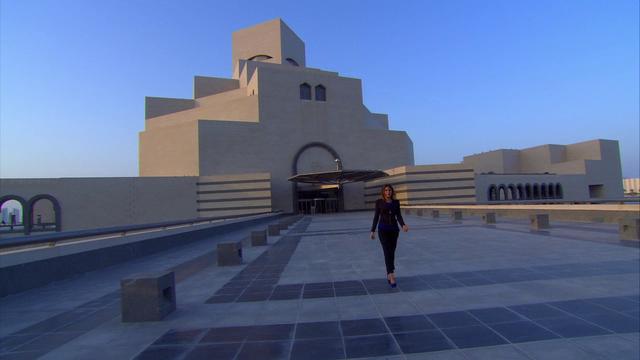
According to a report in the Financial Times, the state of Qatar is planning “deep cuts” in funding for its arts agenda. The Qatar Museums Authority, which has been rebranded as Qatar Museums, exploded onto the art scene in the mid-2000s with wide-ranging and ambitious plans for a string of museums designed by famous architects such as I.M. Pei. News of blockbuster purchases like the $250 million reportedly paid for Cézanne’s Card Players in 2011 and high-profile hires such as former Christie’s CEO Ed Dolman made waves in the art world. As Georgina Adam writes, “It is difficult to exaggerate the importance of the state of Qatar on the art market as the biggest, if also the most secretive, buyer of art at the highest end.”
But many of the prestigious positions that Qatar has looked to the west to fill seem to have a high turnover rate. Dolman recently resigned, opting to take the role of CEO at Phillips. He is being replaced by Mansour Al-Mahmoud, who serves on the executive board of the Doha Film Institute, which has already seen deep budget cuts and the loss of about a third of total jobs. Qatar Museums has confirmed that a review of duplication could lead to big job losses.
Meanwhile, the Katara Art Center (KAC) is closing down. The KAC was a private initiative launched in 2011 by collector and entrepreneur Tariq Al-Jaidah. Director Mayssa Fattouh laments the “unfortunate reality that small cultural entities receive little financial support, and in a city that has large ambitions the smaller efforts are often overshadowed.” Major shows of work by Takashi Murakami, Cai Guo-Qiang, Damien Hirst and Adel Abdessemed in recent years have led to criticism that funding is skewed towards international stars, rather than local artists.
To add to the current list of challenges, the paper says the new emir, Sheikh Tamim, is facing a “firestorm over revelations that the 2022 World Cup selection process might have been rigged,” according to the FT. (Qatar is slated to host the global soccer competition in 2022.)